Yoga is a centuries-old practice that not only strengthens the body but also calms the mind. The best part? You don’t have to be a seasoned yogi to reap its benefits. In this blog post, we will guide you through a simple yoga routine perfect for beginners.
So, roll out your yoga mat, find a quiet space, and get started!
Note: Consult a professional yogi or healthcare provider if you have physical limitations. The same goes if you experience persistent pain or discomfort during yoga. They can offer insights and modifications to ensure your practice is safe.
Preparing for Your Yoga Practice
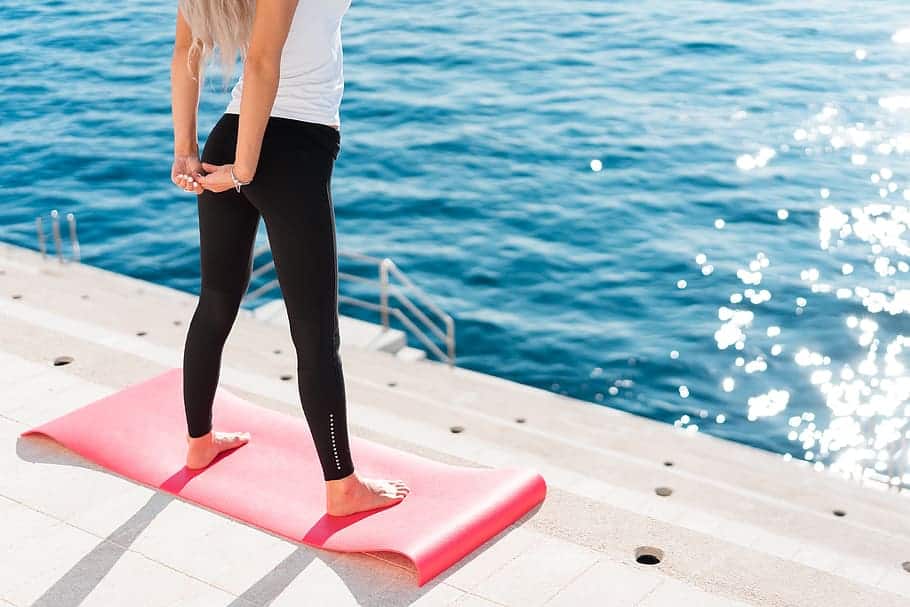 (Image Credit: Wallpaper Flare)
(Image Credit: Wallpaper Flare)
Setting the right environment is key to a successful yoga practice. For one, creating a space that is quiet, clean, and clutter-free can enhance the experience. It allows you to immerse yourself in the session fully.
Find a quiet area where you can minimise distractions. This could be a dedicated room or simply a corner in your home. Silence or soft instrumental music can help create a tranquil atmosphere. Listening to such tunes lets you focus inward and connect with your breath and body.
Next, ensure your practice area is clean and free from obstacles or clutter. A clean space promotes a sense of serenity. What’s more, it ensures your safety during movement and transitions between poses.
Choosing comfortable clothing for easy movement
When it comes to yoga, wearing comfortable clothing is essential. Opt for garments that are lightweight, breathable, and allow for easy movement. Choose stretchy materials that won’t restrict your range of motion. Avoid those with zippers or buttons that could dig into your skin during certain poses.
Loose-fitting tops or t-shirts paired with leggings or yoga pants are popular choices. Consider clothing that is moisture-wicking to help keep you dry and comfortable.
Using a yoga mat or non-slip surface for stability
To ensure stability and safety during your yoga routine, use a yoga mat or a non-slip surface. A yoga mat provides grip and cushioning, preventing your hands and feet from slipping. This is especially during standing poses or transitions.
When selecting a yoga mat, choose one appropriate for your needs and preferences. Look for mats with good traction and sufficient thickness to support your joints.
Warm-Up Exercises
Warming up serves multiple purposes in a yoga practice, including the following:
- increases blood circulation, delivering oxygen and nutrients to the muscles
- loosens up the joints and increases their range of motion, reducing the risk of injury
- helps to focus the mind and brings awareness to the present moment
Here are some gentle warm-up exercises to incorporate into your yoga routine:
1. Neck rolls
Sit or stand tall and relax your shoulders. Gently roll your neck clockwise and then counterclockwise. Move slowly and mindfully, allowing the neck muscles to release tension.
2. Shoulder rolls
Stand with your feet hip-width apart. Roll your shoulders forward in a circular motion, gradually making the circles bigger. Then, reverse the direction and roll your shoulders backwards.
3. Spinal twists
Sit cross-legged on your mat or in a chair with your spine tall. Place your left hand on your right knee and your right hand behind you for support. Inhale to lengthen the spine. As you exhale, twist gently to the right, looking over your right shoulder. Hold for a few breaths, then repeat on the other side.
Basic Yoga Poses
These poses will help you build strength, improve flexibility, and cultivate body awareness. Remember, the key is to practise with patience, focus, and a deep sense of self-awareness.
Mountain pose (Tadasana)
- Stand tall with your feet hip-width apart and arms relaxed by your sides.
- Root down through your feet, lengthen your spine, and engage your core.
- Roll your shoulders back and down, opening your chest.
- Relax your face, jaw, and breathe deeply. Feel the grounding energy of the pose.
Downward-facing dog (Adho Mukha Svanasana)
- Start on your hands and knees. Hands slightly forward of your shoulders and knees hip-width apart.
- Tuck your toes, lift your knees off the mat, and straighten your legs.
- Press your palms into the mat, engage your core, and lengthen your spine.
- Hips move upward and backwards, creating an inverted “V” shape.
- Keep your heels slightly lifted or lower, depending on your flexibility.
Warrior I (Virabhadrasana I)
- Step your right foot forward into a lunge. Your knee must be directly above your ankle, and your back foot angled slightly outward.
- Ground through the feet, lift your torso, and reach your arms overhead, palms facing each other.
- Square your hips forward and engage your core.
- Keep your gaze forward or slightly upward. Breathe deeply and find stability in the pose.
- Repeat on the other side, stepping the left foot forward.
Child’s pose (Balasana)
- Kneel on the yoga mat with your knees hip-width apart and toes touching.
- Sit back on your heels and slowly fold forward, bringing your forehead to the mat.
- Extend your arms forward or rest them alongside your body.
- Relax your shoulders, release any tension, and surrender into the pose.
- Breathe deeply, allowing your body to soften and relax.
Remember, in each pose, listen to your body’s cues. Avoid pushing yourself beyond your limits, and respect any discomfort or pain. Focus on proper alignment. Feel free to use modifications, e.g., using blocks or blankets, to make the poses more accessible.
Cool-Down and Relaxation
After your yoga practice, cool down the body and transition into a state of relaxation. This allows the body to gradually return to its resting state. Moreover, it helps prevent muscle soreness and creates a sense of calm and balance.
The best gentle stretches and poses for release and relaxation include:
- Forward fold: Stand with feet hip-width apart, exhale, and fold forward from the hips. Allow your upper body to relax, and let your head and neck hang freely. Feel the stretch in the hamstrings and the release in the spine.
- Seated forward bend: Sit on the mat with your legs extended in front of you. Inhale, lengthen the spine, and as you exhale, fold forward from the hips. Reach toward your feet or shins, focusing on elongating the spine. Maintain a gentle stretch in the back of the legs.
- Savasana: Lie flat on your back, arms comfortably by your sides, palms facing up. Close your eyes and allow your entire body to relax on the mat. Focus on deep, slow breaths, and let go of any remaining tension or thoughts. Stay in this pose for several minutes, surrendering to a state of deep relaxation.
Round-up
A simple yoga routine in your daily life can have profound benefits for both your physical and mental well-being. With this routine guide, you can start your journey today! Embrace the simplicity of this regimen and allow yoga to enhance your life in countless ways.


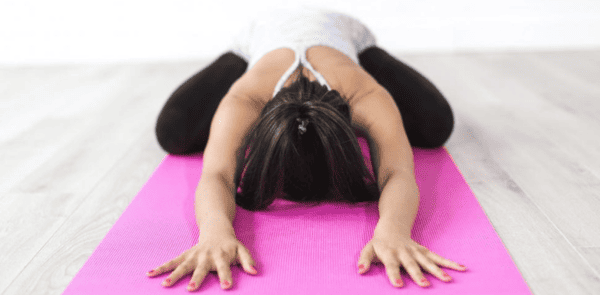
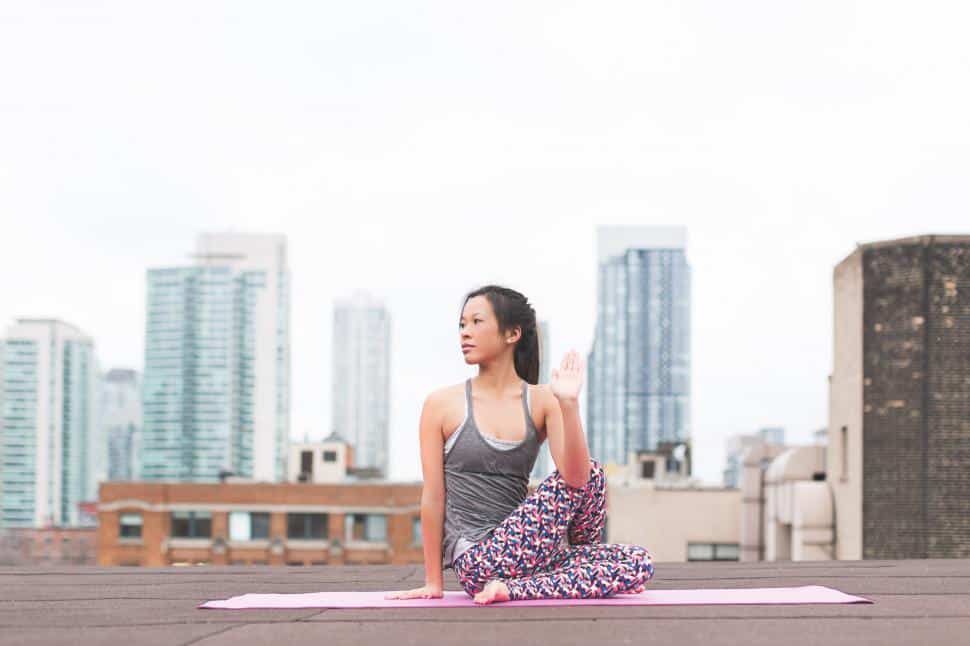 (
(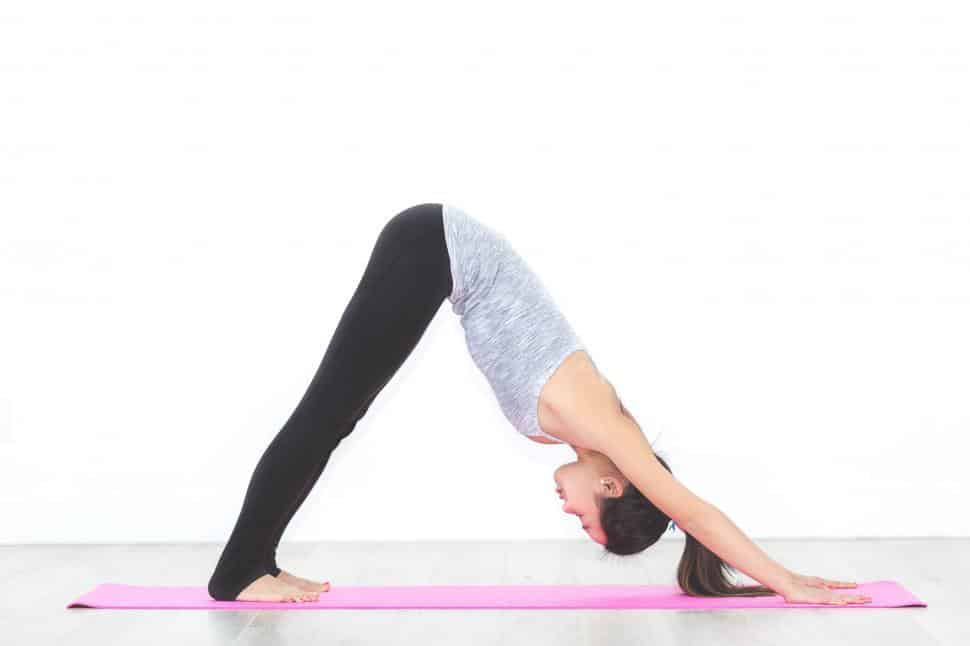 (
(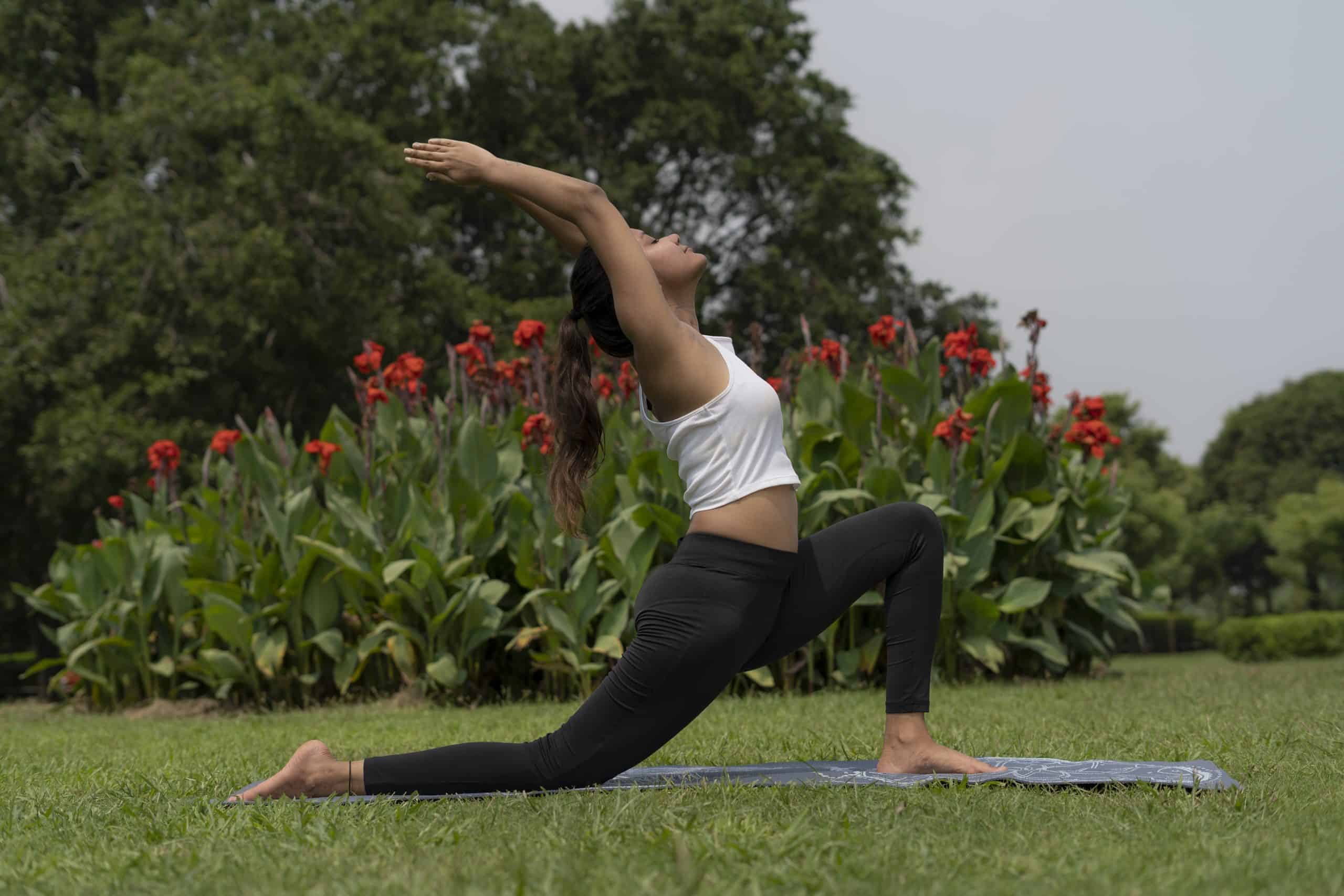 (
(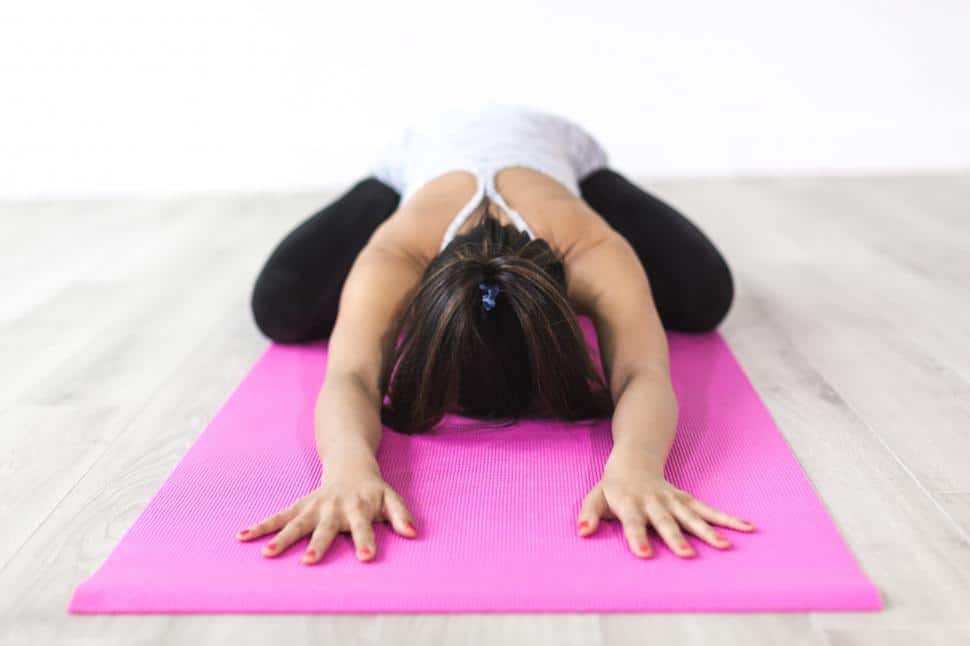 (
(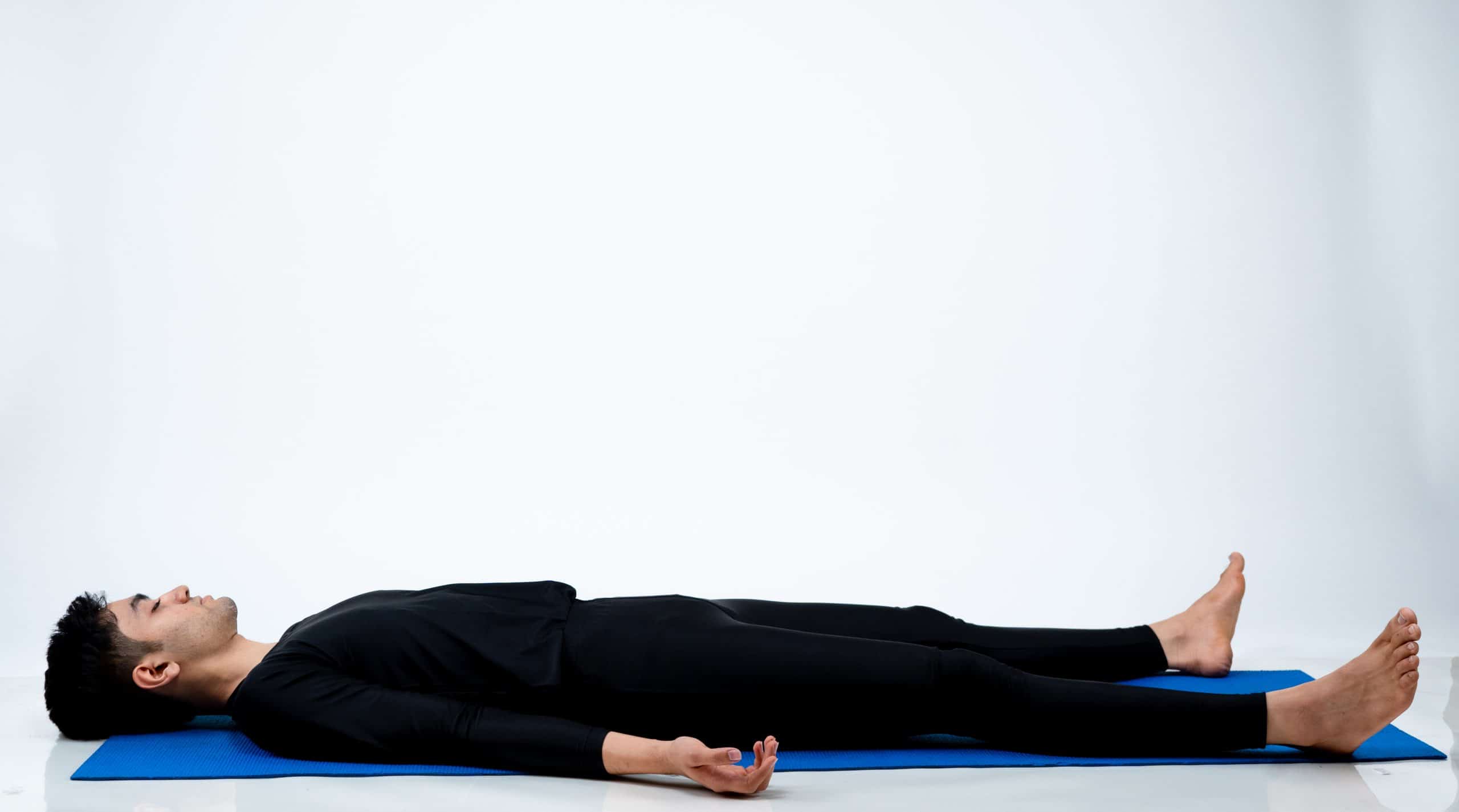 (
(